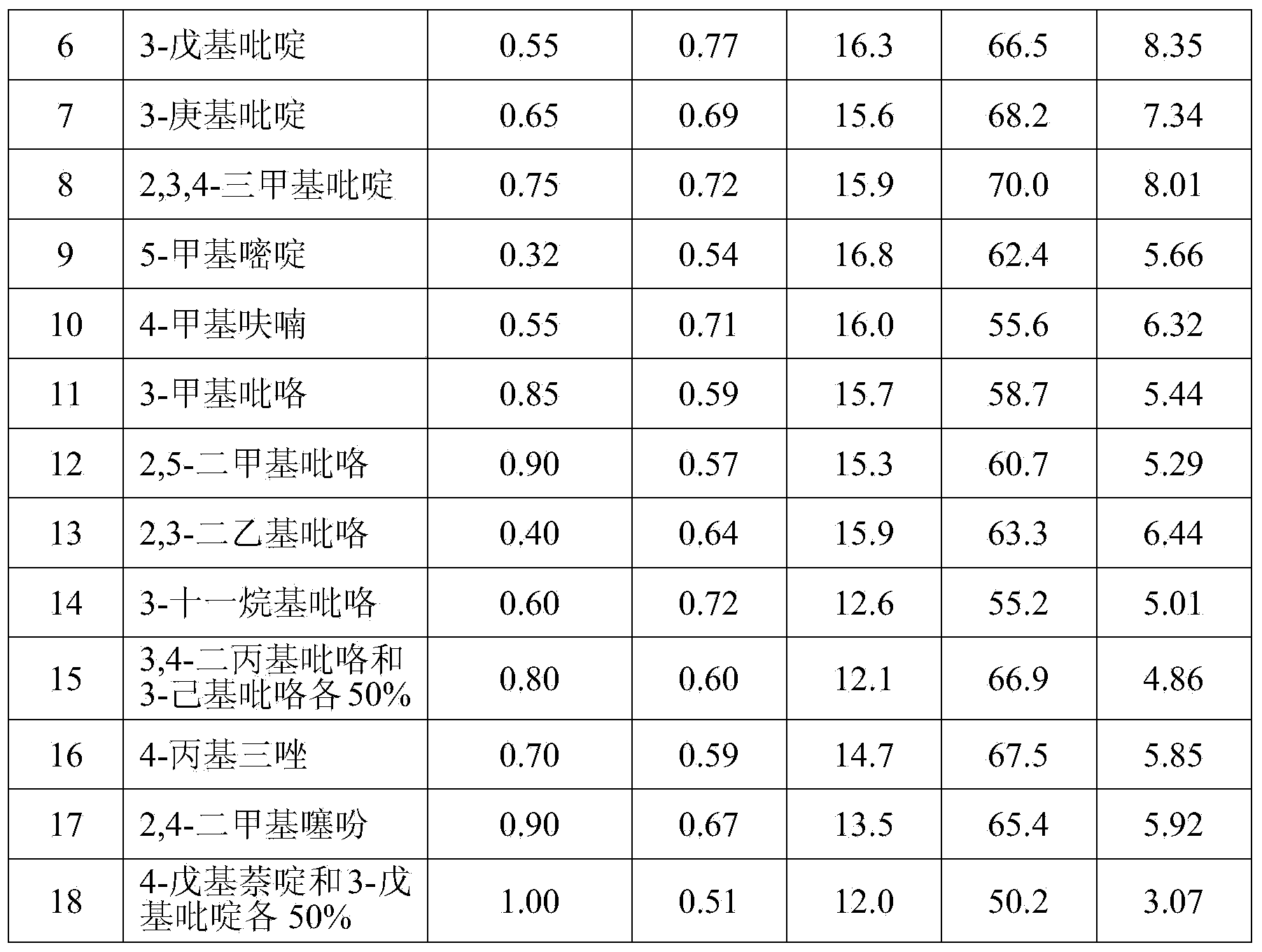DSC battery manufacturing electrolyte solution
An electrolyte solution and battery technology, which is applied in the chemical field, can solve the problems of complex preparation process, insignificant improvement of battery performance, and lattice mismatch, and achieve the effects of simple preparation process, improved photoelectric conversion efficiency, and improved battery performance
- Summary
- Abstract
- Description
- Claims
- Application Information
AI Technical Summary
Problems solved by technology
Method used
Image
Examples
Embodiment 1
[0034] The preparation method of the dye-sensitized solar cell involved in the present invention is a conventional method well known to those skilled in the art, that is, nano-TiO 2 A dye-sensitized solar cell is assembled from a thin-film electrode (photoanode), an electrolyte solution containing a redox electrolyte pair added with an appropriate amount of organic additives, and a counter electrode.
[0035] The photoelectric performance test of dye-sensitized solar cells adopts standard AM1.5 simulated sunlight (light intensity is 100mW / cm 2 ) for the test, the test equipment is the I-V tester provided by the computer-controlled PV Measurements, tested at room temperature (25±5°C), the illuminated area of the DSC battery is 0.15cm 2 . Unless otherwise specified below, the photoelectric performance tests of the DSC battery of the present invention are all carried out under this condition.
[0036] Nano TiO involved in the present invention 2 The thin film electrode is pr...
Embodiment 2
[0041] In the same preparation method as in Example 1, an appropriate amount of LiI, elemental iodine and the above-mentioned organic additive raw material 4-tert-butylpyridine were dissolved in acetonitrile, and the concentration of LiI in the configured solution was 0.1mol / L, elemental iodine The concentration of the organic additive 4-tert-butylpyridine is about 0.05mol / L, and the concentration of the organic additive 4-tert-butylpyridine is 0.40mol / L to form an electrolyte solution. After the electrolyte solution was prepared, its effect was verified by testing the photoelectric conversion rate of the final assembled dye-sensitized solar cell. After measurement, the parameters in this embodiment are as follows: voltage: 0.68V; current density: 17.3mA / cm 2 ; Fill factor: 66%; Conversion efficiency: 6.8%.
Embodiment 3-18
[0043] The same preparation method as in Example 1 is prepared into different electrolyte solutions, and an appropriate amount of LiI, elemental iodine and the above-mentioned additive raw materials are dissolved in acetonitrile, and the concentration of LiI in the configured solution is 0.1mol / L, and the elemental iodine is The concentration is about 0.05mol / L, and the corresponding effect conclusions are as follows:
[0044]
[0045]
PUM
 Login to View More
Login to View More Abstract
Description
Claims
Application Information
 Login to View More
Login to View More - R&D
- Intellectual Property
- Life Sciences
- Materials
- Tech Scout
- Unparalleled Data Quality
- Higher Quality Content
- 60% Fewer Hallucinations
Browse by: Latest US Patents, China's latest patents, Technical Efficacy Thesaurus, Application Domain, Technology Topic, Popular Technical Reports.
© 2025 PatSnap. All rights reserved.Legal|Privacy policy|Modern Slavery Act Transparency Statement|Sitemap|About US| Contact US: help@patsnap.com



